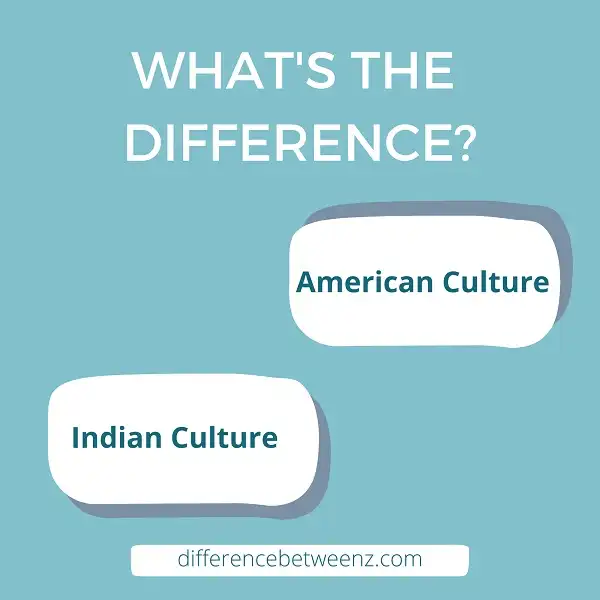The United States and India are two of the most culturally diverse countries in the world. While they share some similarities, there are many differences between American and Indian cultures. This can be seen in everything from food to religious beliefs. In this post, we will explore some of the key differences between these two cultures.
What is American Culture?
American Culture is the set of behaviors, values, and beliefs that make up the American way of life. These include such things as individualism, hard work, and a commitment to democracy. American culture also emphasizes material success and the pursuit of happiness. In general, American culture is characterized by a strong individualistic streak. Americans value personal freedom and responsibility and tend to be highly independent. They also tend to be optimistic and have a strong belief in the power of individual effort. Hard work is also highly valued in American culture. Not only is hard work seen as a virtue in itself, but it is also often seen as the key to success in life. This can be traced back to America’s roots as a nation of immigrants who came seeking a better life. American culture has also been shaped by its commitment to democracy. Since the country’s founding, Americans have believed in the principle of self-government and equal rights for all citizens. This has led to a society that is open to change and innovation. American culture is also marked by a strong emphasis on material success. Success is often measured in terms of wealth and possessions, and Americans are typically very consumer-oriented.
What is Indian Culture?
Indian culture is one of the oldest and richest cultures in the world. From food to religion, India has a unique cultural heritage that is a fusion of various traditions and customs. Indian culture is often characterized by its diversity, with each region of the country having its own distinct customs and beliefs. However, there are also some common elements that can be found across India, such as the importance of family, respect for elders, and the belief in reincarnation. Indian culture also has a strong artistic tradition, with music, dance, and art playing an important role in both religious and secular life. The rich tapestry of Indian culture is one of its most beloved aspects, and it is this diversity that makes India such a fascinating and vibrant country.
Difference between American and Indian Culture
- American culture is often described as a melting pot, in which different cultures and traditions are blended together. However, there are also many distinct regional cultures within the United States. Indian culture, on the other hand, is far more homogeneous. Although India is a large and diverse country, there are certain core values and beliefs that are shared by most Indians.
- One of the major differences between American and Indian cultures is the way in which family life is structured. In American families, children are typically raised to be independent and self-sufficient. This is not the case in India, where children are expected to obey their parents and other elders. Indian families also tend to be much larger than American families, with extended family members often living together. Another key difference between American and Indian culture is the role of religion. Religion plays a central role in Indian life, shaping everything from social customs to political decision-making. In America, on the other hand, religious beliefs are generally private and personal matter.
- These are just a few of the ways in which American and Indian culture differ. Despite their many differences, however, the two cultures have a lot in common. Both American and Indians value family, religion, and education.
Conclusion
The cultural difference between the United States and India is vast, and it’s important to be aware of these distinctions when doing business with Indian partners or customers. We hope that this blog post has given you a better understanding of some key aspects of Indian culture so that you can conduct your business dealings in a more culturally sensitive manner.


